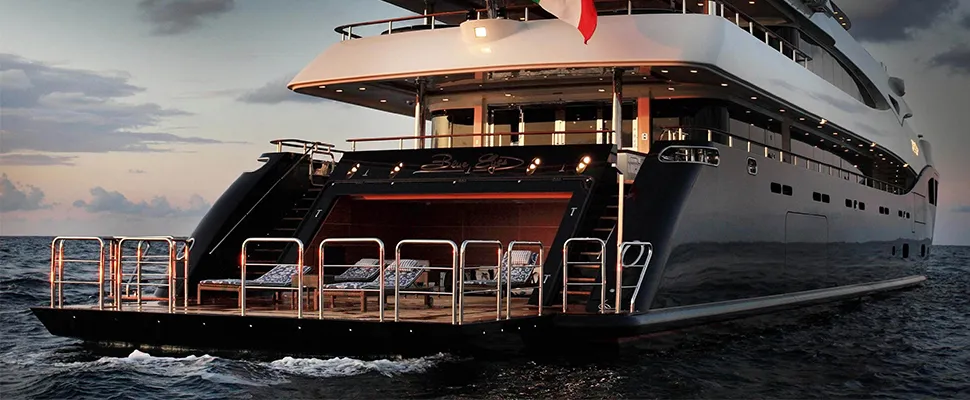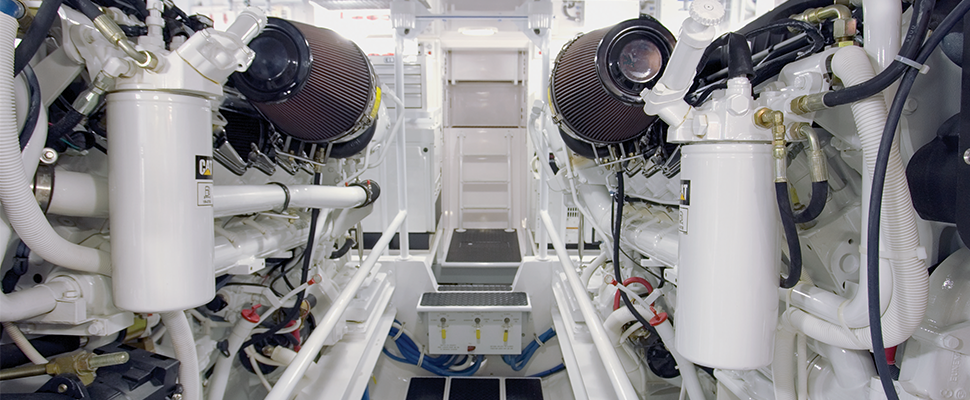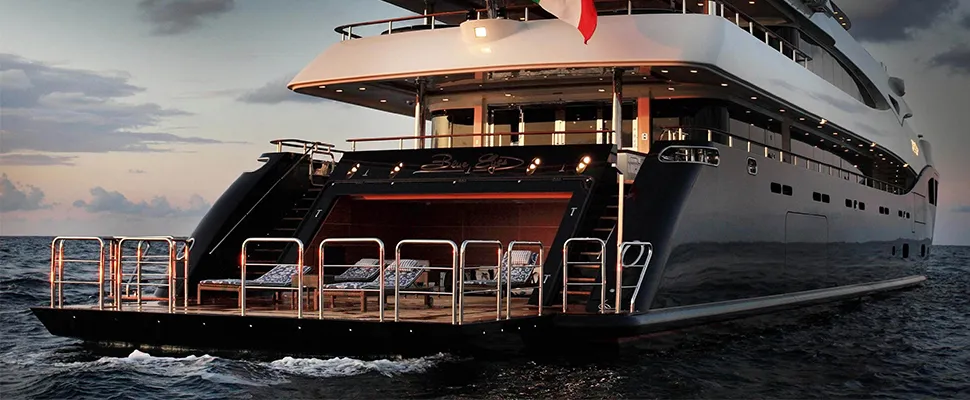Ensure your vessel is ready for the charter season or a new onboard challenge with our comprehensive guide. This...

Marine generators: Expert tips
What features should you prioritize when selecting a marine generator?
Top-tier generators are meticulously engineered to produce minimal sound and vibration. Leading manufacturers now incorporate various innovations, such as advanced sound shields with separate compartments for the engine and alternator, along with improved air management systems, resulting in significantly reduced noise levels. Recent advancements in engine mounting within the unit have also greatly reduced vibration levels, marking substantial progress in marine generator technology in recent years.
Additionally, it's essential to opt for a marine generator supported by a robust warranty and a global support network. This ensures peace of mind, knowing that you're covered in case of any issues.
Another important feature to consider is fully-integrated paralleling capability. Certain digital controllers enable the parallel operation of two or more marine generators with a single communication wire. These controllers boast a space-efficient design, eliminating the need for oversized switchgear, and come equipped with built-in load management software, addressing over-fueling concerns and obviating the need for exhaust treatment systems.
Why is paralleling such a valuable feature?
Paralleling allows for the utilization of multiple smaller-sized generators rather than a single large generator. Consequently, these units fit better in typically confined engine rooms, providing generator technicians with more workspace. Moreover, employing multiple smaller generators can facilitate better weight distribution for improved balance and trim, resulting in fuel savings. Additionally, this approach often results in quieter operation and reduced vibration, enhancing the overall experience for passengers and crew alike.
Furthermore, paralleling can benefit a yacht's primary engines. By evenly distributing power loads between the engines or operating only one smaller generator during low-demand periods, the engines operate optimally, minimizing wet stacking load and operating farther from their maximum output. This significantly extends engine life while enhancing the vessel's overall performance.





Leave a comment